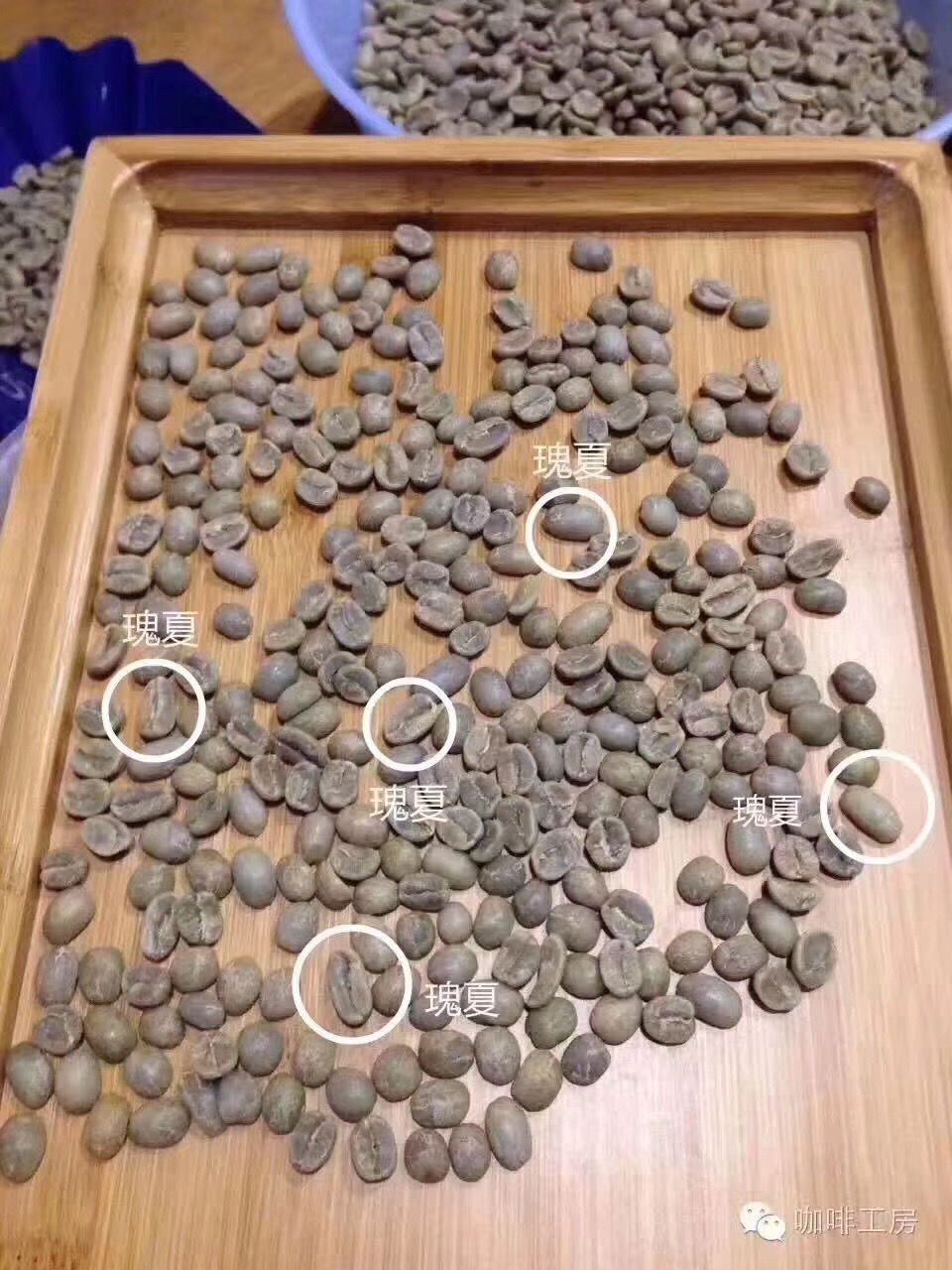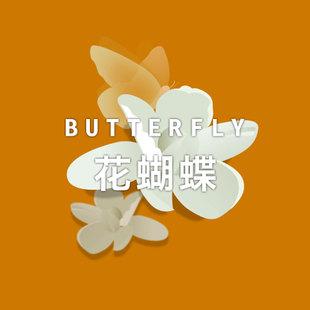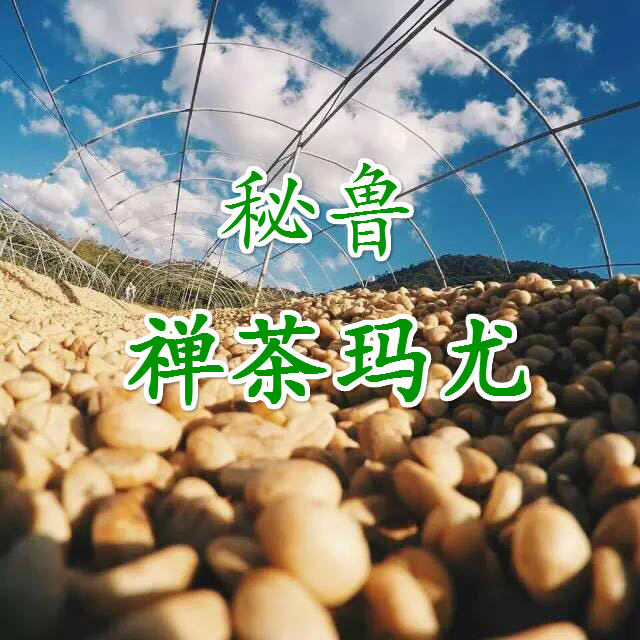Introduction to the species of Panamanian Flower Butterfly, Panamanian Coffee Poket Butterfly
For professional baristas, please follow the coffee workshop (Wechat official account cafe_style)
Since early times, Panama's coffee industry has relied on the skilled hands of Ng ö be-Bugl é Ngabe-Burger Panamanian Native Indians, who have for decades migrated from their home "comarca Hill" to work on the Baru Volcano Coffee Farm.
Ng ö be-Bugl é Ngabe and Burger are actually two different languages / the languages of indigenous groups are not interlinked. The larger Ngabe speaks Ngabe, while the smaller ethnic group, Burger, speaks Bugle; both are members of the Chibucha family. Overall, these two groups account for the largest indigenous population in Panama. Ng ö be-Bugl é Ngabe and Burger live in the reserve, located northeast of Chiriki in the mountains, which is part of the Taramanca Mountains.
Ng ö be-Bugl é Ngabe and Burger Panamanian Indians are valuable workers in coffee production: what we have learned from them allows ripe cherries to choose the right technology. With the selection of cherries, Panamanian Indian aborigines pick them by hand to ensure coffee quality control, which makes Panamanian coffee unique.
Coffee farms in Panama respect the culture and way of life of indigenous Indians and strive to improve their conditions. Some members of the SCAP Panamanian boutique coffee association have comprehensive social programs for health, nutrition, education and proper care of children to provide a better quality of life for them and their families.
Some varieties of coffee are produced in the Chiriki Heights of Panama. The main choices are the quality and yield of coffee beans and the weather and plague resistance of plants. At present, Panamanian boutique coffee mainly cultivates the following varieties:
Geisha- (Arabica variety, sometimes translated as geisha coffee) Rose Summer Coffee plant is called long bean, or coffee cherry, Panama Rose Summer Coffee is bright honey and citrus flavor, offering excellent taste and cup testing characteristics. Panamanian Rosa Coffee has soft and strong floral and jasmine aromas and unique although subtle acidity, balance, bright white wine and berry, mango, papaya, and orange flavors. The aftertaste provides a distinct bergamot feel. The rose variety was first discovered in 1931 in southwestern Ethiopia and was first introduced to Panama from Costa Rica in 1963.
Typica- this is the basis of many kinds of coffee. Like other small-grain coffee varieties that have been developed, the Ironpickup coffee plant has a conical one with a major vertical trunk and sub-vertical growth at a slight tilt. Typically, a tall plant is 3.5-4 meters high. The lateral branches form a 50-70 °angle and a vertical trunk. Iron pickup coffee has a very low production, but there is a cup to test excellent quality.
Brazilian variety of San Ramon san ramon- iron pickup
Bourbon-bourbon coffee plants produce 20-30% more coffee than typical, but have a smaller harvest than most coffee varieties. Bourbon coffee has a less conical shape than a typical plant, but has more secondary branches. The angle between the branch and the main stem is small, and the branch points of the main stem are dense. Broad and wavy on the edge of the leaf. The fruit is relatively small and dense. Cherries ripen quickly and risk falling off in a strong wind or rain. The best result of bourbon coffee is to achieve the need between the feet. The quality of the cup is excellent, similar to the typical.
Katula-Caturra is a mutation found in bourbon coffee in Brazil. It is a mutant with high yield and good quality, but requires a lot of care and fertilization. It is a short, thick core with many branches. It has wavy boundaries similar to coffee bourbon leaves. It is well adapted to almost any environment, but preferably with 2500-3500 mm annual precipitation between 1500-5500 feet. At high altitudes, the quality increases, but the yield decreases.
Kaduai-catuai is produced by the high-yield coffee factory from the intersection between New Mondou and Caturra. Plants are relatively short and form close angles and main branches with lateral branches. A branch of fruit that is not easy to fall off, which is a favorable area for strong winds or torrential rain. Catuai also needs adequate fertilization and care.
At present, Panamanian boutique coffee mainly cultivates the following varieties:
Geisha- (Arabica variety, sometimes translated as geisha coffee) Rose Summer Coffee plant is called long bean, or coffee cherry, Panama Rose Summer Coffee is bright honey and citrus flavor, offering excellent taste and cup testing characteristics. Panamanian Rosa Coffee has soft and strong floral and jasmine aromas and unique although subtle acidity, balance, bright white wine and berry, mango, papaya, and orange flavors. The aftertaste provides a distinct bergamot feel. The rose variety was first discovered in 1931 in southwestern Ethiopia and was first introduced to Panama from Costa Rica in 1963.

Typica- this is the basis of many kinds of coffee. Like other small-grain coffee varieties that have been developed, the Ironpickup coffee plant has a conical one with a major vertical trunk and sub-vertical growth at a slight tilt. Typically, a tall plant is 3.5-4 meters high. The lateral branches form a 50-70 °angle and a vertical trunk. Iron pickup coffee has a very low production, but there is a cup to test excellent quality.
The Panamanian Poket butterfly coffee bean Panama Boquete Butterfly is said to contain 40% of the Deep-Fried Chicken coffee variety-geisha Rosa (geisha) coffee beans, which are more expensive than Blue Mountain Coffee.
Gesha is one of the most primitive coffee varieties in the world. Some people call it "geisha" and some people translate it as "Rose Summer". Her name contains tenderness and floral fragrance. It is an unforgettable coffee. It is also the winner of national bidding and cup testing competitions, and has been highly praised. Good geisha coffee will have strong floral and citrus aromas, bright and elegant acidity, soft and clear taste, and extremely meticulous finish!
Boquete is a high-altitude volcanic area, because the Baru Volcano volcano brings quite fertile soil, towering terrain, cold and humid air, different sunshine, abundant rainfall, and rivers flow through it, creating high-quality Panamanian boutique coffee. This batch of coffee, grown in the same area as the Jade Manor, happens to be located in continuous valleys and ridges, so it forms several microclimates, and the coffee produced in different regions has its own flavor. Refreshing and comfortable citrus feeling, bright pattern-like Nanyang fruit feeling, delicate flower fragrance crisscross exudes a very elegant and generous flavor.
Cup test results: Apple, Potato, Maple syrup, Lemon Citrus, Coffee blossom, Roasted hazelnuts, Dark chocolate
Fragrance (dried incense): Jasmine, citrus, tea, honey
Aroma: berries, flowers, oils, vanilla, citrus
Flavor: sweet, sour, non-irritating, clean, bergamot, honey, citrus, spices, flowers, berries, tea, cherries, delicate finish, long-lasting aroma, classic jadeite manor Geisha flavor.
For more professional coffee exchanges, please scan the code and follow Wechat: best-cafe
Important Notice :
前街咖啡 FrontStreet Coffee has moved to new addredd:
FrontStreet Coffee Address: 315,Donghua East Road,GuangZhou
Tel:020 38364473
- Prev

Is Flower Butterfly a mix of beans? The three species in the flower butterfly are all from the same place and from the same area.
Professional barista communication please pay attention to the coffee workshop (Wechat official account cafe_style) is the butterfly mixed beans? No, the three varieties in the flower butterfly are all from the same place and the same area, so it belongs to the single bean! Suitable for instruments: hand drip filter, siphon kettle, French pressure kettle, curling kettle, siphon kettle, ear bag how to flush a flower butterfly? [hand impulse reference] hand
- Next

Peruvian Zen tea Mayu SHB fine coffee raw bean Peru Origin imported organic coffee Zen tea Mayo
Peruvian Zen tea Mayu most Peruvian coffee is organic coffee, mainly on small-scale farms, mostly grown at the foot of the Andes. Peru, with mountains accounting for 1% of the country's total area, belongs to a tropical desert region with a dry and mild climate. The average annual precipitation of 18-26 ℃ is mild 700~1500mm, which makes it rich in high-quality coffee. Peruvian coffee is made up of 100% Arabica varieties.
Related
- Does Rose Summer choose Blue, Green or Red? Detailed explanation of Rose Summer Coffee plots and Classification in Panamanian Jade Manor
- What is the difference between the origin, producing area, processing plant, cooperative and manor of coffee beans?
- How fine does the espresso powder fit? how to grind the espresso?
- Sca coffee roasting degree color card coffee roasting degree 8 roasting color values what do you mean?
- The practice of lattes: how to make lattes at home
- Introduction to Indonesian Fine Coffee beans-- Java Coffee producing area of Indonesian Arabica Coffee
- How much will the flavor of light and medium roasted rose summer be expressed? What baking level is rose summer suitable for?
- Introduction to the characteristics of washing, sun-drying or wet-planing coffee commonly used in Mantenin, Indonesia
- Price characteristics of Arabica Coffee Bean Starbucks introduction to Manning Coffee Bean Taste producing area Variety Manor
- What is the authentic Yega flavor? What are the flavor characteristics of the really excellent Yejasuffi coffee beans?

